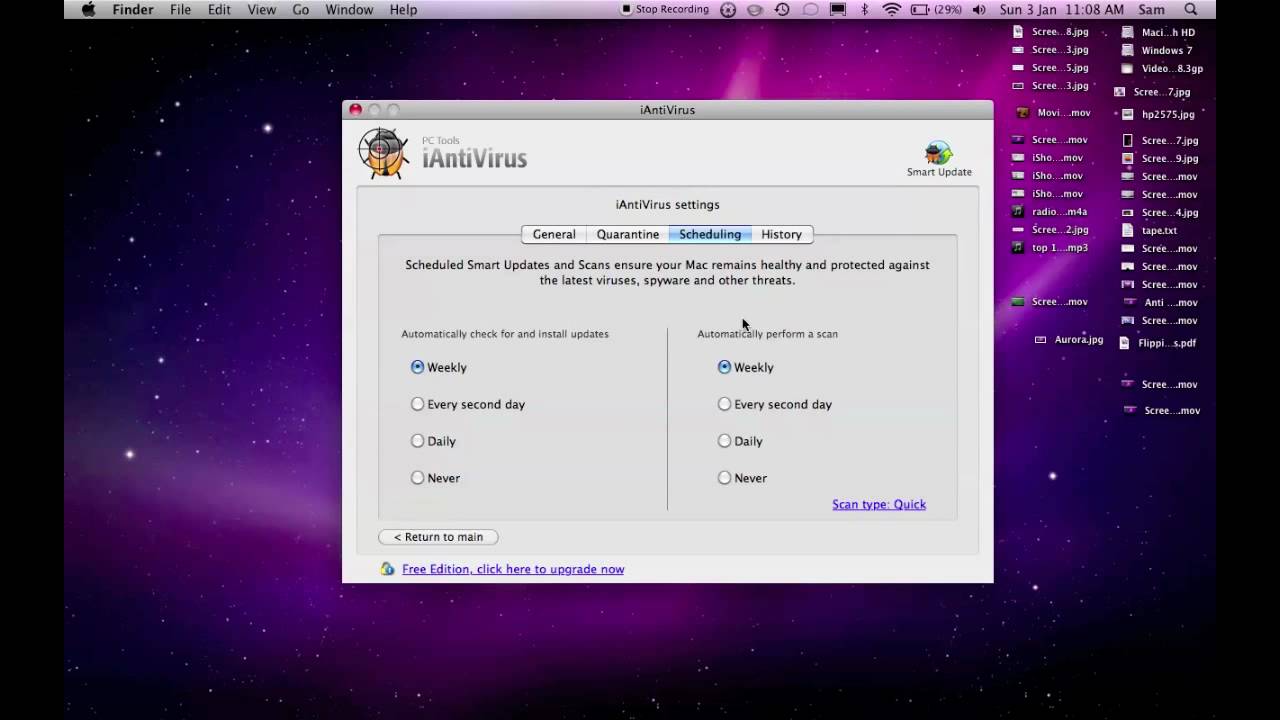

Although I am not aware of the adware’s initial infection vector, such adware generally ends up on users Macs, via shareware installers, or trojanized applications (i.e. Today, we’re going to dive into a persistent piece of Mac adware that leverages various levels of obfuscation to hinder analysis. In this writeup, he discusses its propensity for displaying ads and popups, but also notes that OSX.Pirrit will take “complete control of the machine while making it very hard for the user to remove it.” This was previously written about by the security researcher Amit Serper. One of the more prolific pieces of Mac adware is OSX.Pirrit (also named VSearch). Downloads them here (password: infect3d).Īdware, though generally viewed as simply an annoyance, can often remove remote adversaries complete control of an infected system. I’ve uploaded the samples discussed in this post. Over the years, Mac adware has become ever more prolific as hackers seeks to financially “benefit” from the popularity of Cupertino’s devices. Chances are, if an Apple user tells you their Mac is infected, it’s likely adware.


 0 kommentar(er)
0 kommentar(er)
